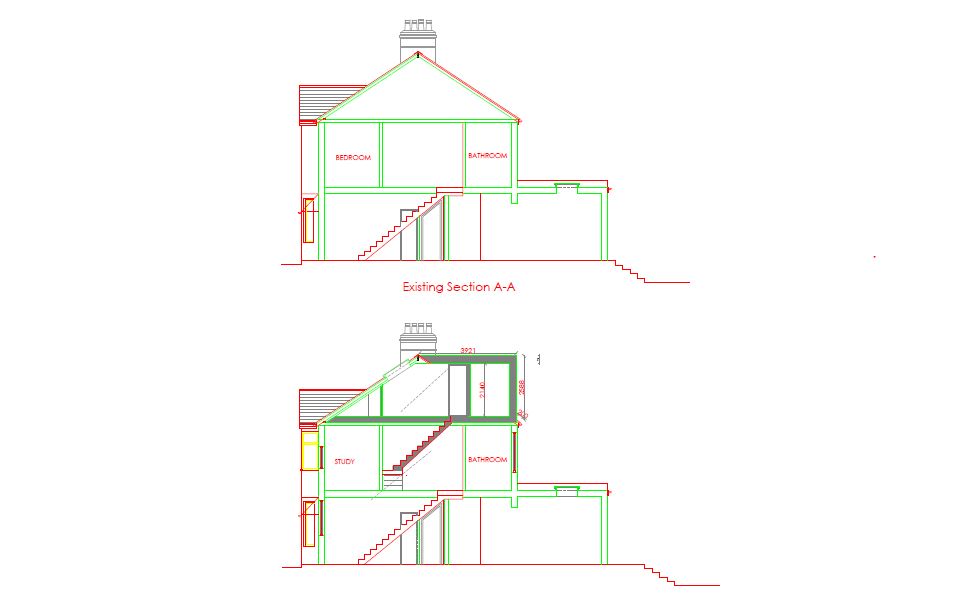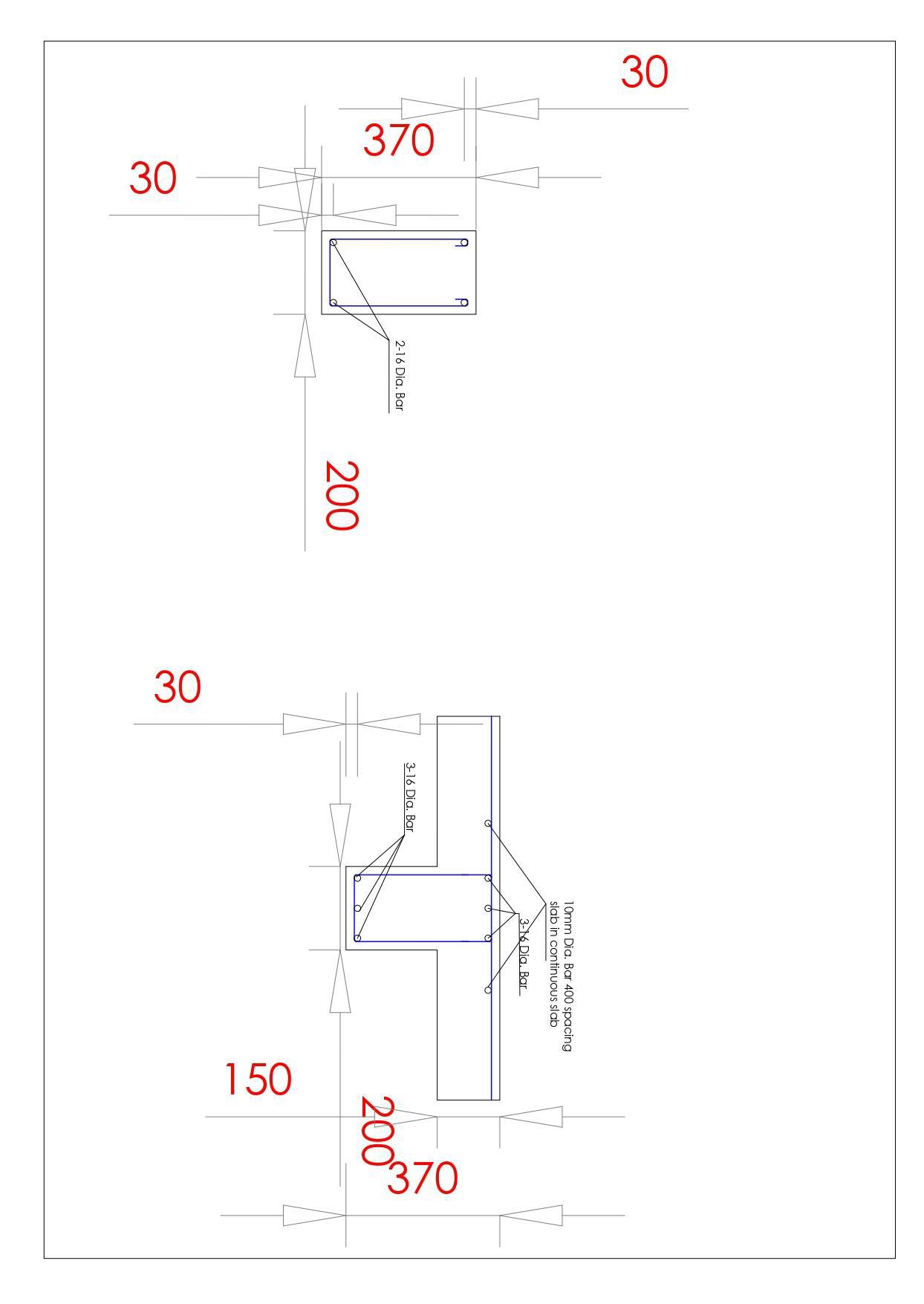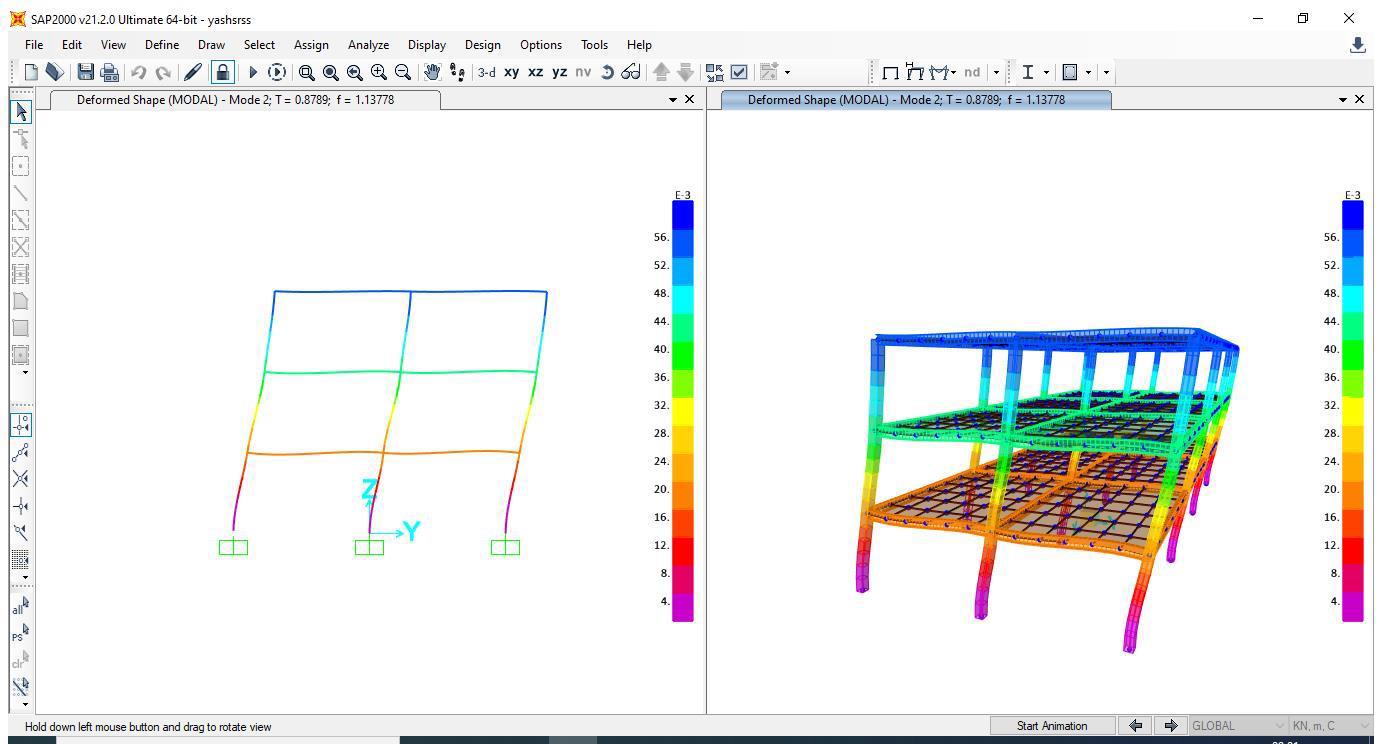Loft conversion and Rear extension
Loft conversion and rear extension are popular options for homeowners looking to maximize space in their property. Here are some considerations for each: Loft Conversion: Assess feasibility: Determine if your loft space is suitable for conversion by checking the height, pitch, and available space. Consider consulting with an architect or structural engineer to evaluate structural integrity and any potential limitations. Planning permission: Loft conversions often fall under permitted development rights, allowing you to proceed without planning permission, as long as certain criteria are met. However, it's important to check with your local planning authority to ensure compliance. Design and layout: Work with an architect or designer to develop a suitable layout for your loft conversion. Consider factors such as the number of rooms, access points, natural lighting, and storage solutions. Building regulations: Ensure that your loft conversion complies with building regulations. These regulations cover aspects like fire safety, structural stability, insulation, ventilation, and access. Consult with a building control officer or hire a professional who can guide you through the process. Stairs and access: Plan for a proper staircase to provide safe and convenient access to the loft conversion. Consider the space required for the staircase, headroom, and compliance with building regulations. Rear Extension: Planning permission: Depending on the size and design of the extension, you may require planning permission. Check with your local planning authority to understand the specific regulations and requirements. Design and layout: Work with an architect or designer to create a design that maximizes the available space and integrates well with the existing property. Consider factors such as the purpose of the extension (e.g., kitchen, living room), natural light, ventilation, and connectivity to the rest of the house. Structural considerations: Ensure that the extension's structure is sound and integrates seamlessly with the existing property. Consult with a structural engineer to assess load-bearing requirements and any potential impact on the existing foundation. Building regulations: Comply with building regulations for the construction, insulation, electrical systems, and fire safety of the extension. Seek guidance from a building control officer or hire professionals who can ensure compliance. Services and utilities: Consider the extension's impact on services such as plumbing, electrical wiring, and heating. Plan for any necessary modifications or extensions to accommodate the increased space. Natural lighting: Incorporate windows, skylights, or glazed doors to maximize natural light in the extension. This enhances the overall ambiance and reduces the need for artificial lighting. Remember to engage experienced professionals, such as architects, structural engineers, and contractors, who have expertise in loft conversions and rear extensions. They can guide you through the design, planning, and construction phases, ensuring that the final result meets your needs while complying with regulations.












